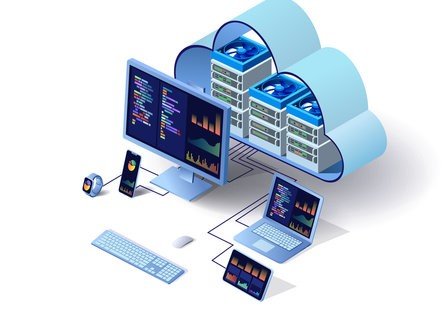Microsoft has rolled out Azure Linux 3.0.20251021, a major update that boosts security and performance for cloud users. Released on October 21, 2025, this version adds AppArmor for better protection, switches to the Linux 6.12 LTS kernel, and pushes for Azure Kubernetes Service migrations by November 2025 to keep systems secure and efficient.
Key Features in the Latest Release
This update shows Microsoft’s focus on making Azure Linux stronger for enterprise needs. It builds on earlier 2025 releases, like the September version that offered an optional kernel upgrade. Now, the new build makes these changes standard for Azure Marketplace images.
Experts note that the shift helps with modern hardware and container workloads. The update patches many packages to fix security issues, enabling features that improve data handling and system stability.
Here are some standout additions:
- AppArmor integration for stricter access controls.
- Linux 6.12 LTS kernel for better speed and hardware support.
- DMA Peer-to-Peer support to speed up device communications.
- New kernel modules for broader compatibility with Intel, AMD, and Arm setups.
Security Boosts with AppArmor
AppArmor stands out as a big win for security in this release. This tool enforces rules on what apps can do, reducing risks in container environments like those in Azure.

Microsoft added it to meet growing demands for layered defenses in cloud setups. Users get more control over potential threats, which is vital for businesses handling sensitive data.
However, some debates have arisen. Operators worry about how it fits with existing Azure tools, as it might require tweaks to node setups. Despite this, the move aligns with industry trends toward proactive security.
In practice, AppArmor helps prevent unauthorized actions, making Azure Linux a safer choice for critical workloads.
Kernel Upgrades for Better Performance
The jump to Linux 6.12 LTS kernel brings real gains in efficiency. This long-term support version ensures updates for years, giving users peace of mind.
It enables DMA Peer-to-Peer, which cuts down on CPU use during data transfers. This is key for high-demand tasks in hybrid cloud environments.
Microsoft tested these changes in prior updates, refining them based on user feedback. The result is smoother operations across various hardware.
| Feature | Benefit | Impact on Users |
|---|---|---|
| Linux 6.12 LTS Kernel | Long-term stability and updates | Reliable performance for enterprise apps |
| DMA P2P Support | Faster data handling without CPU overload | Improved efficiency in data-heavy tasks |
| Additional Kernel Modules | Better hardware integration | Easier setup for diverse cloud needs |
This table highlights how the kernel changes directly help users.
AKS Migration Push and Timeline
Azure Kubernetes Service users face an important deadline. Microsoft urges migrations to Azure Linux 3.0 by November 2025 to avoid support gaps.
Azure Linux 2.0 hits end-of-life earlier in 2025, but the full shift ensures ongoing security patches. The new OS SKU ‘AzureLinux3’ allows in-place upgrades, reimaging node pools without halting services.
This process simplifies transitions for clusters on versions 1.27 to 1.31. It’s part of Microsoft’s plan to keep Kubernetes environments current and secure.
Failing to migrate could expose systems to risks, so planning ahead is crucial.
Implications for Cloud Users
The update affects a wide range of Azure services, from node images to first-party tools. It positions Azure Linux as a more feature-rich option, moving beyond its minimal roots.
Controversies include potential conflicts with older configs, but benefits like enhanced security outweigh these for most. Recent events, such as increased cyber threats in 2025, make these upgrades timely.
Businesses can expect better integration with container tools, supporting hybrid setups. This evolution reflects broader shifts in cloud tech, where performance and safety drive adoption.
Looking Ahead in Cloud Evolution
As cloud demands grow, updates like this keep Microsoft competitive. Future releases may build on these, adding more AI-driven features or expanded hardware support.
Users should watch for further guidance on migrations and test the new version in non-production settings first.
What do you think about these changes? Share your thoughts in the comments and spread the word to help others stay informed.








